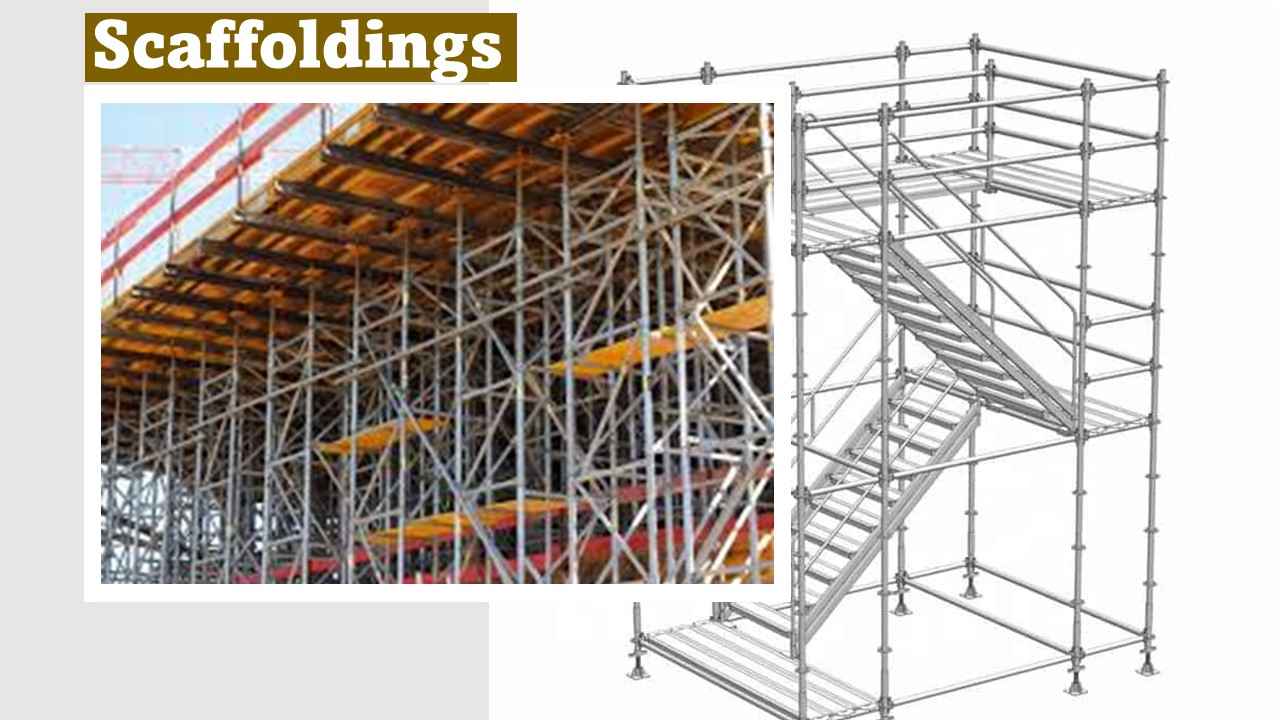Dec . 17, 2024 05:27 Back to list
formwork construction
Formwork Construction A Comprehensive Overview
Formwork construction plays a pivotal role in the success of any concrete project. It can be defined as the process of creating temporary or permanent molds into which concrete is poured to achieve the desired shape and structural integrity. Effective formwork is essential for ensuring that the finished product meets both safety standards and design specifications. This article explores the significance, types, materials, and best practices related to formwork construction.
Importance of Formwork Construction
The significance of formwork construction cannot be overstated. First and foremost, it provides support for the wet concrete, allowing it to set in the desired shape. This is particularly crucial during the initial curing period when concrete is still malleable and susceptible to deformation. A well-designed formwork not only supports the concrete but also ensures that it retains the proper dimensions and surface finish.
Moreover, the efficiency of formwork construction can dramatically impact the overall timeline and budget of a project. Poorly designed or improperly installed formwork may lead to costly delays due to the need for rework or repairs. Additionally, safety is a paramount concern in any construction project. Formwork systems that are inadequately constructed increase the risk of collapses, putting both workers and the integrity of the structure at risk.
Types of Formwork
There are several types of formwork systems, each suited for different applications. The most common types include
1. Traditional Timber Formwork This is the conventional method of formwork construction. Wooden panels are constructed on-site, making it flexible for various shapes. However, the labor-intensive nature and potential for material waste make it less popular today.
2. Steel Formwork Renowned for its strength and durability, steel formwork is often used for large-scale projects. It can be reused many times, making it cost-effective over time, though the initial investment is higher than timber.
3. Aluminum Formwork Lightweight and easy to handle, aluminum formwork is becoming increasingly popular, especially for residential construction. It offers speed of erection and a high-quality finish, though it can be less robust than steel.
4. Plastic and Composite Formwork These materials are gaining traction for their lightweight and easy-to-clean properties. They are particularly beneficial for projects requiring complex shapes and curves.
5. Permanent Formwork Systems These systems remain in place after the concrete cures, providing thermal insulation or acting as a permanent architectural feature. They help reduce labor costs by serving a dual purpose.
formwork construction

Materials Used in Formwork
The choice of materials is crucial in formwork construction. The most common materials include wood, steel, aluminum, and plastic. The selection depends on various factors, including the specific requirements of the project, budget constraints, and environmental considerations.
Wood is often chosen for its availability and ease of use, making it ideal for small-scale projects. Steel and aluminum are favorable for their strength and reusability, making them the go-to choice for larger structures. On the other hand, plastic and composite materials are sought after for their lightweight and corrosion-resistant properties.
Best Practices for Formwork Construction
To ensure the success of formwork construction, several best practices should be adhered to
1. Proper Planning Careful planning of formwork design and installation is essential to avoid issues during concrete pouring.
2. Quality Control Regular inspections of formwork materials and assembly should be conducted to meet safety and aesthetic standards.
3. Load Testing Before pouring concrete, it is important to perform load tests to ensure that the formwork system can support the anticipated weight of the concrete.
4. Skilled Labor Employing skilled workers who are knowledgeable about formwork design and installation significantly reduces the risk of errors.
5. Sustainable Practices With growing concerns about environmental impact, utilizing recyclable and sustainable materials in formwork construction is becoming increasingly critical.
Conclusion
In conclusion, formwork construction is an integral aspect of the concrete construction process that requires careful consideration and execution. Its significance in shaping and supporting structures cannot be understated. By understanding the various types of formwork, selecting appropriate materials, and adhering to best practices, construction professionals can significantly enhance the efficiency and safety of their projects. As the construction industry continues to evolve, innovative formwork solutions will further improve the efficacy and sustainability of building practices.
-
OEM Column Formwork: Circular, Curved & Inclined Solutions
NewsAug.26,2025
-
Premium Scaffolding Jacks: Stable, Adjustable & Durable
NewsAug.25,2025
-
OEM Wall Formwork & Shuttering: Flexible & Curved Solutions
NewsAug.24,2025
-
Adjustable Heavy Duty Props for Slab Formwork | Strong & Reliable Support
NewsAug.23,2025
-
Adjustable Heavy Duty Props for Slab Formwork - Strong & Safe Support
NewsAug.22,2025
-
Formwork Spring Clamp Factories: Quality & Bulk Supply
NewsAug.21,2025